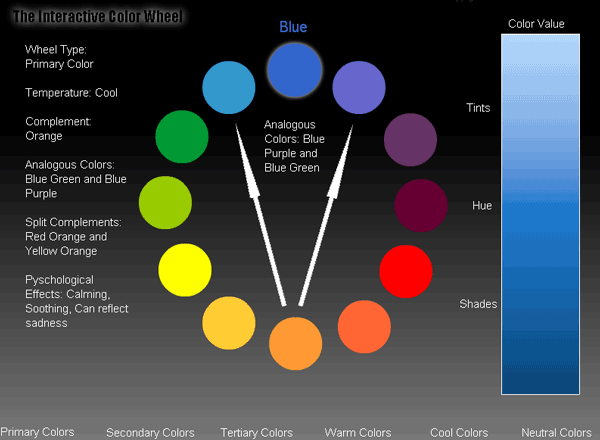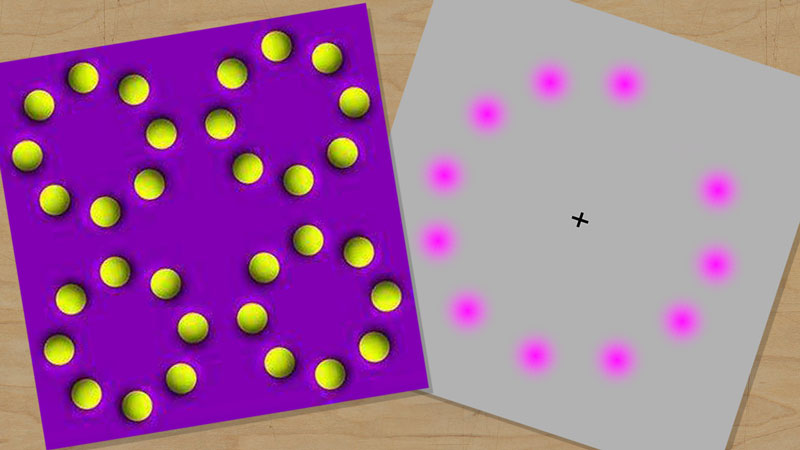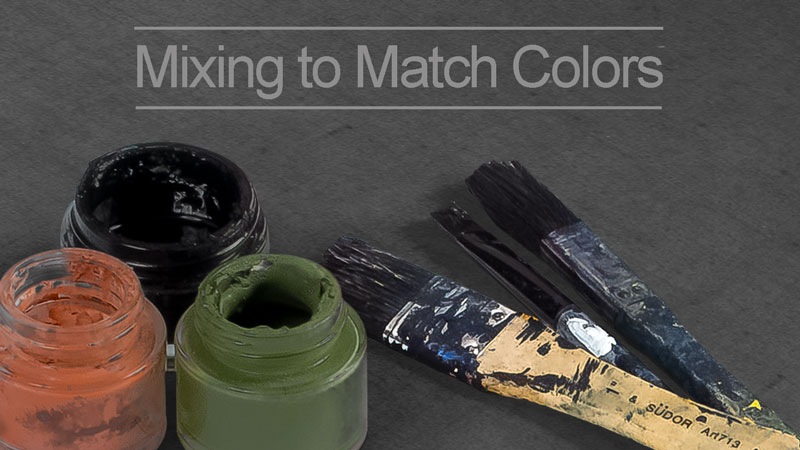
It is equally important that all students of art learn the basics of color theory.
I think most of us agree that choosing colors for a composition should never be guesswork. Instead, a color combination should be well planned and executed. This can only happen by having a good understanding of the basics of color theory.
I personally think that color theory is very interesting. The way that the color wheel fits together like a puzzle is incredible.
Imparting that “coolness” to students and getting them excited about color theory can be difficult. Color theory, when not presented in an exciting way, can be boring – not to mention confusing.
Over the years, I have experimented with different ways to teach color theory to students. I also observed the way other teachers teach the concepts of color theory to their students. Our students, or well maybe my students, are engaged in learning most when they can interact with the concepts that I’m trying to teach to them.
Sure, mixing colors with paint, and filling in a color wheel is interactive. This is an activity that all students should participate in. I’m not suggesting that this activity be scratched. But I felt like my students needed a tool that would answer their questions about the basics of color theory in a more immediate way, something that they could could interact with. A tool that they could have access to, and that would reinforce the traditional concepts that I taught them would be more effective for learning.
I searched for some color wheels on the internet and wasn’t satisfied with the results, so I decided to make my own.

So here it is, an interactive color wheel that students can access on a classroom computer. It gives basic information about color theory as well as information about each color. It breaks down the complementary color of each color, the immediate analogous colors, the split complements, a color triad, and a color tetrad.
It also explains the different types of colors on the color wheel and the role of the neutral colors. I hope that you find useful for yourself as an artist or for your students.
If so, join over 36,000 others that receive our newsletter with new drawing and painting lessons. Plus, check out three of our course videos and ebooks for free.




